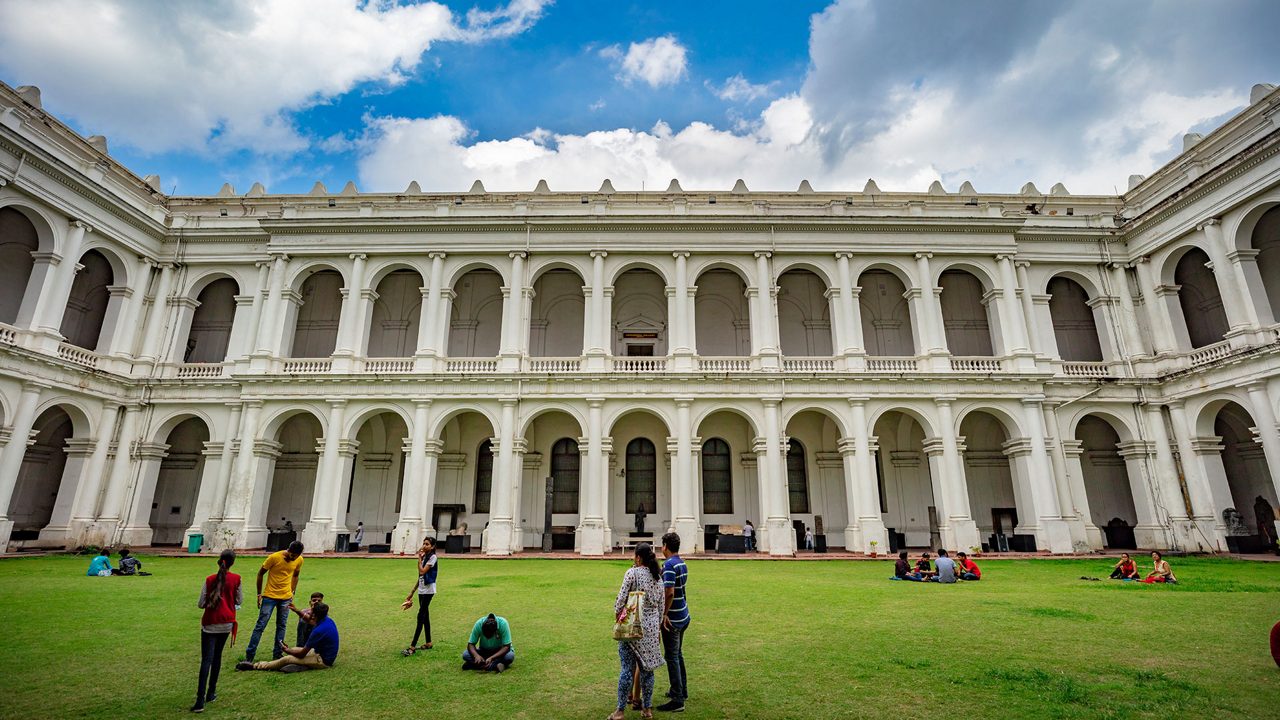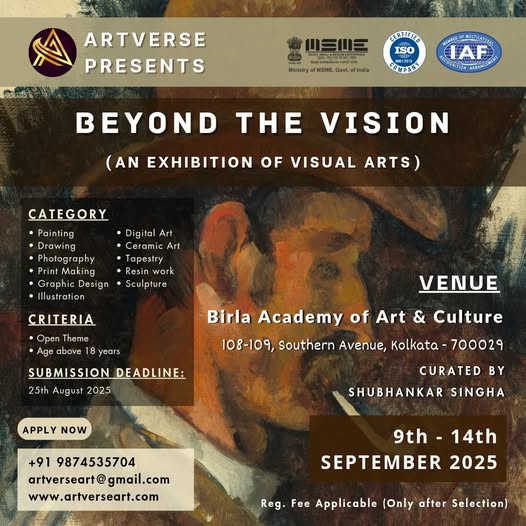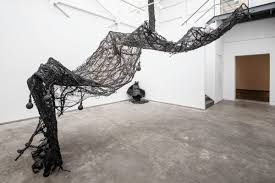
Menu

Mandana art is one of the oldest and most revered folk art forms of Rajasthan, known for its symbolic motifs and ritualistic significance. Practiced predominantly by women in rural areas, especially among the Meena community, Mandana art is traditionally drawn on walls and floors to mark auspicious occasions, festivals, and ceremonies.
The word “Mandana” is derived from the Sanskrit root “mand,” meaning to decorate. True to its name, this art form is a beautiful expression of devotion and celebration. Women use a mixture of chalk powder (or lime) and red ochre (geru) to create intricate, symmetrical patterns on the mud-plastered surfaces of their homes. The tools are simple—often just fingers, twigs, or small pieces of cloth.
Mandana motifs typically include geometric shapes, animals like peacocks and elephants, floral designs, and symbols like swastikas and lotuses, which are believed to bring prosperity and ward off evil. These motifs are not merely decorative; they are embedded with cultural and spiritual meanings passed down through generations.
One of the most striking aspects of Mandana art is its ephemeral nature. Since it’s made directly on earthen walls and floors, it often fades away with time or is washed off and redone during the next celebration. This cycle reflects the deep connection between nature, tradition, and impermanence.
In recent years, Mandana art has gained attention beyond rural Rajasthan. Artists and NGOs are working to preserve and promote this heritage by incorporating Mandana motifs into canvas paintings, textiles, home décor, and even fashion.
Mandana art remains a symbol of women’s creativity, community identity, and spiritual expression—an artistic tradition where beauty meets belief.



